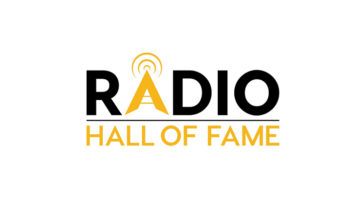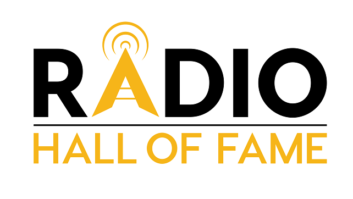
When your wiring starts to resemble a giant spider web, it’s time to rethink what you’re doing. We have all seen examples of the “Shortcut Hall of Shame.” And to some degree, we have contributed our own. We take these shortcuts to save time — installing gear carelessly, running wires on a floor — but we end up facing liability or otherwise wishing we’d done the project right to begin with.
In this story, the names have been deleted to protect the guilty.
Consider the person who taped cables to a floor and routed them through a doorway. The wires included a 120 VAC extension cord. This is a fire hazard, to say the least. Who could condone such an act?
The State of Minnesota enacted a law requiring contractors and broadcast engineers to be licensed as low-voltage electricians; I wrote an article about this for the April 11, 2001, edition of Radio World. It was a hassle to become licensed and later renew my contractor’s license at a cost of about $500 a year.
However, there is a bright side. In learning the National Electric Code, I came to appreciate fully the reasoning behind neat and safe wiring installations. Eight hours of required continuing education each year helped cement in my mind what is right and what is wrong. This includes code issues on which an electrical inspector might take a client station to task.
Bad form
Safety violations for exposed high-voltage (over 50 volts) wiring and lack of proper grounding should be taken seriously.
Remember your 120 VAC on-air light that gets its power from an audio console? Bad form!
The top photo here shows nicely installed relays in an equipment rack, yet 240 VAC is exposed — a real shock hazard.
Yes, I always try to do neat work. Pride pushes me to that end. Fortunately I’ve always worked on a “time and material” basis so there was no incentive to cut corners.

Make sure your satellite dish is in good shape. Station budgets, or lack of budgets, make it more difficult than ever to do good engineering work nowadays. Still, that is no excuse for sloppy work.
True, there are various approaches to wiring equipment. Some engineers will take all circuits out to a wiring closet, while I might do point-to-point wiring in a studio. My cost to the client might be noticeably less, but at least everything is wired and marked neatly.
What about serviceability? Who can troubleshoot or repair something that resembles a spider web? You shoot yourself in the foot, so to speak, when doing something like that. Your wiring should make perfect sense when you or anyone else comes in to make changes later.
One of the photos shows a satellite dish held up by a concrete block, a phone book and a block of wood — all because the alignment bolts on the dish were frozen. A few drops of penetrating oil on those bolts solved the problem within 24 hours — the right way.
The hard part is when you walk into in an existing installation that was done in a “gosh awful” manner. Where do you start? Do you continue using the same bad wiring techniques already on site?
No. I recommend that you make every change to a good engineering level, replacing old wiring one piece at a time. I know this is easier said than practiced; but it is the right thing to do. You need a “master plan” — and then you need to stick with it.


Shown are more examples of some messy upkeep.
Some station personnel have referred to me as a MacGyver; but chewing gum and baling wire aren’t my style. I just have the knack of carrying enough stock to repair many problems without the need to go out for parts. This really helps when working at a station, and reduces the temptation to take shortcuts. Learn more in my Dec. 1, 2010 RW article about a service van that can haul just about everything.
In the end, as you leave the studio or transmitter, you should feel that you have done your wiring neatly and responsibly. The station has received work of which you can stand back and be proud.
If not, it could come back to haunt you!
Find past Tech Tips articles at radioworld.com.
Mark Persons WØMH is certified by the Society of Broadcast Engineers as a professional broadcast engineer and has more than 30 years of experience. His website is www.mwpersons.com.












